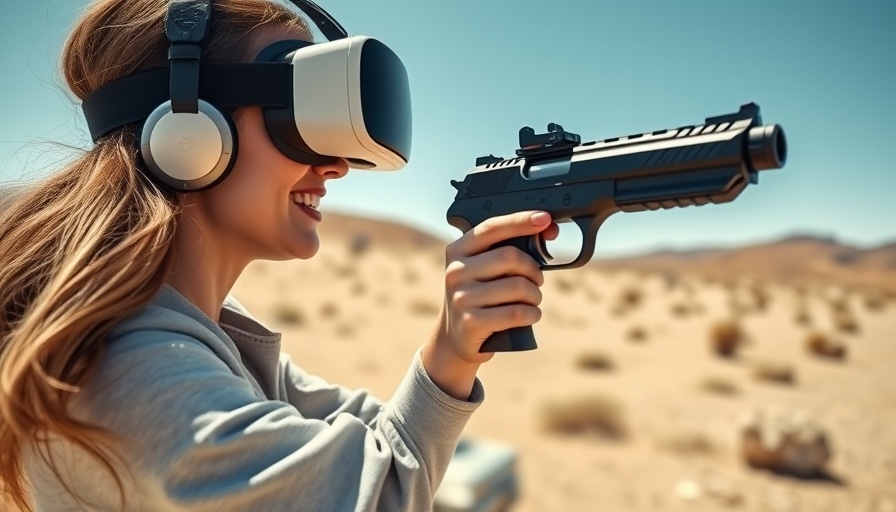
Why Engaging in Dry-Fire Practice is Essential for Modern Policing
The importance of consistent firearms training cannot be overstated for law enforcement professionals. A traditional view sees dry-fire practice as a monotonous but necessary task. However, advancements in technology are reshaping how police officers and other public safety personnel can enhance their training experiences. The ACE Virtual Reality Shooting System and tools like DryFireMag offer a refreshing take on dry-fire training, making the process not just effective, but genuinely engaging.
Innovative Tools that Transform Your Training Environment
Modern training devices, such as the DryFireMag, allow officers to practice trigger presses without the hassle of manual resetting. This not only saves time but also enables officers to focus on their shooting techniques, allowing consistent repetitions that are crucial for skill enhancement. When combined with realistic targets, such as USPSA-style Pepper Poppers, officers can simulate the pressure of live environments, a necessary component for effective policing strategies.
Enhancing Community Trust Through Officer Training
As policing becomes increasingly scrutinized in society, the role of thorough training in creating a trustworthy police force is paramount. Engaging dry-fire practices that utilize technology not only boost officer skills but also convey a commitment to improving community relations. Officers who train effectively are better prepared to engage with citizens transparently, fostering a sense of trust as communities see their officers equipped to handle real-world situations efficiently.
The Psychological Benefits of Dynamic Training Regimens
Engaging and interactive training helps combat officer burnout and mental fatigue—critical issues in a profession often marked by stress. By implementing more interesting training methods, departments can improve officer wellness, leading to higher morale and retention rates. In this context, innovative dry-fire training methods do not just enhance firearms skills but also contribute positively to the overall mental health and wellness of officers.
Strategies for Effective Dry-Fire Training Implementation
To optimize dry-fire training, law enforcement agencies should consider developing structured training programs that incorporate these innovative tools. By providing officers with options to create dynamic exercises using reduced-size targets and interactive technology, departments can make training more relevant and enjoyable. Additionally, establishing standard practices for how and when to conduct dry-fire training can ensure a consistent approach across varying law enforcement scenarios.
Conclusion: Modernizing Training for Modern Challenges
Incorporating engaging elements into dry-fire practice not only enhances professional skills but also builds community trust and officer wellness. Law enforcement agencies must recognize the vital role that effective, engaging training plays in their operations. As public safety technology progresses, it is vital for agencies to stay ahead of the curve. By investing in innovative training methods, departments can better prepare their officers for the complexities of modern policing.
By adopting these strategies, law enforcement can meet evolving community needs and expectations, ensuring a safer, more responsive approach to public safety.
 Add Row
Add Row  Add
Add 

 Add Element
Add Element  Add Row
Add Row 




Write A Comment